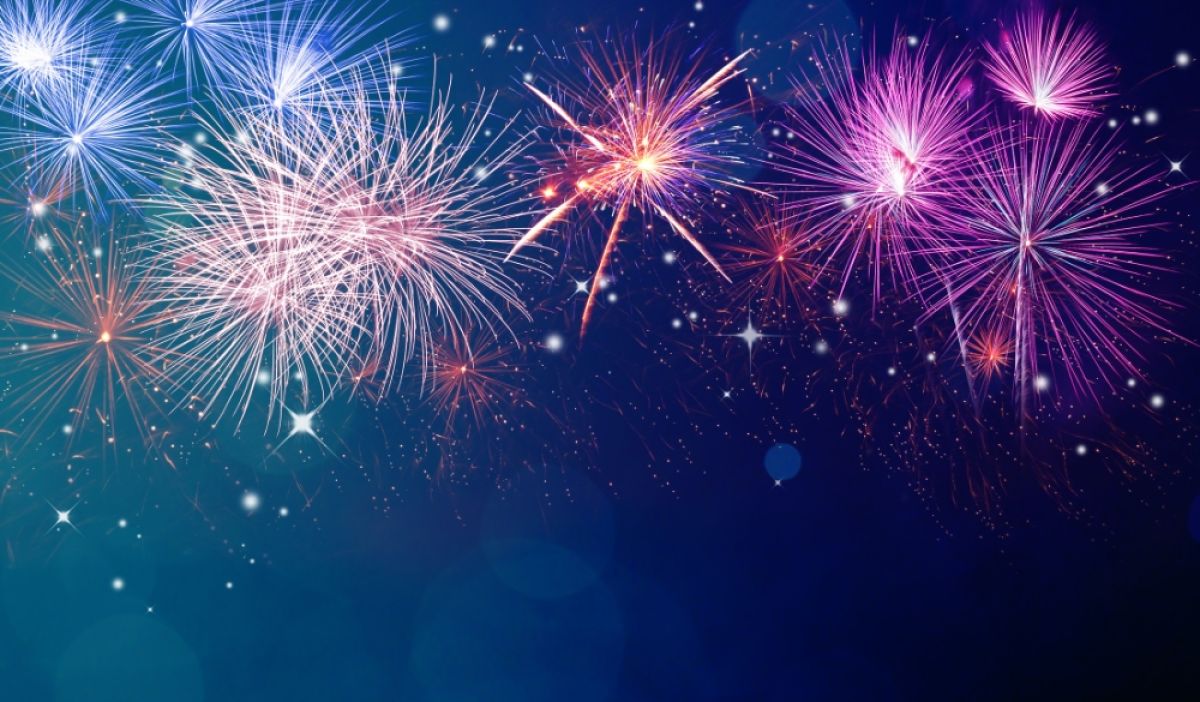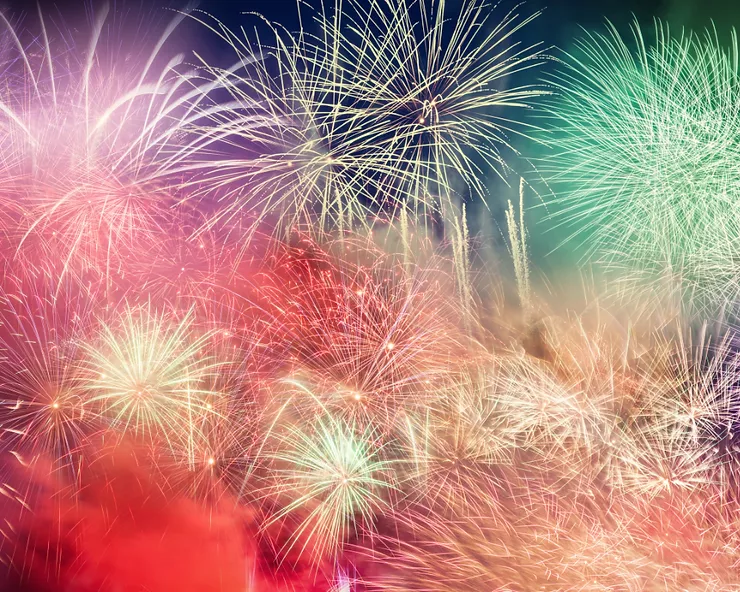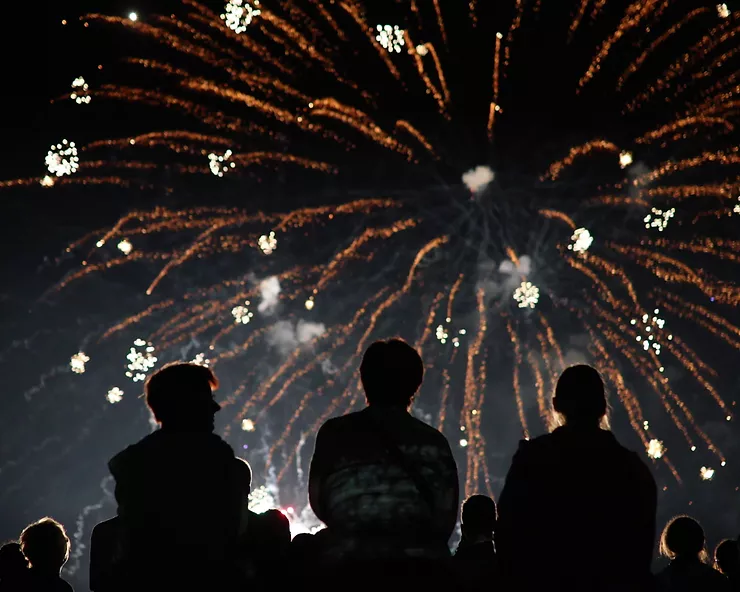The History and Science Behind Bonfire Night

As the leaves turn golden and the air grows crisp, there’s an undeniable excitement that sweeps across the UK.
Come November, the anticipation peaks as the night skies are set ablaze with fireworks, and the glow of bonfires warms the chilly evenings. Bonfire Night, a beloved British tradition, is not just a feast for the eyes but also a rich tapestry of history, science, and cultural practices.
While many eagerly await the luminous displays and the crackling of the bonfires, how many of us know the tale of intrigue and rebellion that birthed this annual spectacle? Or the fascinating science that brings the night to life? Let’s delve into the story of Guy Fawkes, the magic of fireworks, and the cherished traditions of this remarkable celebration.
The Spark of History
Every 5th of November, the skies over the UK light up with dazzling fireworks displays. Bonfire Night, also known as Guy Fawkes Night, is a deeply rooted tradition that commemorates the foiling of the Gunpowder Plot in 1605.
A group of English Catholics, led by Robert Catesby and including Guy Fawkes, plotted to blow up the Houses of Parliament in London, aiming to kill King James I and replace him with a Catholic head of state. The plot was discovered, and Guy Fawkes, found guarding the explosives, was arrested. Bonfires were lit across the country to celebrate the king’s survival, giving birth to the annual tradition.
The Brilliance of Fireworks
But what makes fireworks sparkle and burst in a myriad of colours? The science behind it is fascinating. Fireworks are essentially controlled explosions packed with elements that burn to produce vivid colours. For instance:
- Strontium or lithium burns red.
- Calcium creates an orange flame.
- Sodium burns yellow.
- Barium gives off a green hue.
- Copper produces blue flames.
- Purple is achieved by a combination of strontium (red) and copper (blue).

Treasured Traditions of Bonfire Night
Bonfire Night, with its vibrant history, has given rise to numerous traditions that have been passed down through generations.
- Burning of the Guy: One of the most iconic symbols of the celebration is the ‘Guy’ effigy. This is usually a stuffed dummy, representing Guy Fawkes, which is set atop the bonfire to burn. Children often parade their own ‘Guy’ around the streets, asking for “a penny for the Guy” to buy fireworks.
- Bonfire Night Foods: Traditional foods like toffee apples, parkin cake, and potato “jacket” pies are savoured on this night, offering warmth and comfort against the November chill.
- Bonfire Night Rhymes: The famous rhyme, “Remember, remember, the fifth of November, Gunpowder treason and plot,” is often recited, keeping the memory of the event alive.
- Local Celebrations: Towns across the UK have their unique traditions. For instance, in Lewes, Sussex, bonfire societies host parades with their own rules, costumes, and fire sites.

Integrating Bonfire Night into Learning
Parents and educators can leverage Bonfire Night as a learning opportunity. Discussing the political and religious tensions of the 1600s provides historical context.
The chemistry of fireworks can lead to intriguing science lessons. Crafting ‘Guy’ effigies or cooking traditional foods become hands-on learning projects.
ClassTutor, with its online tutoring approach, encourages students to connect historical events with scientific phenomena. By integrating current events and traditions, learning becomes relatable and engaging.

